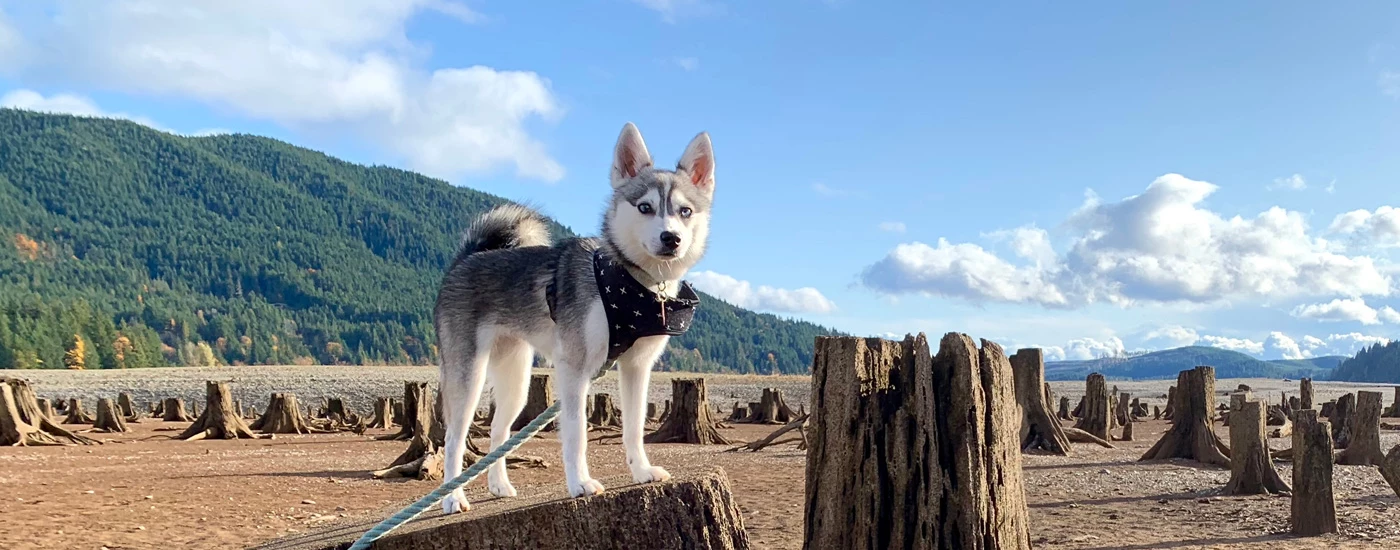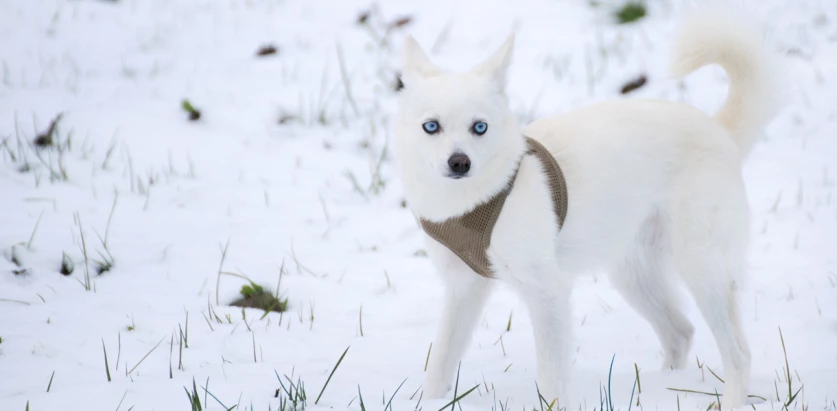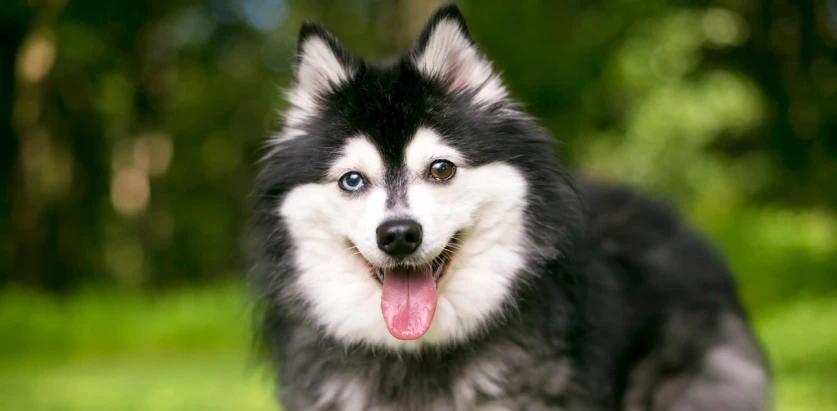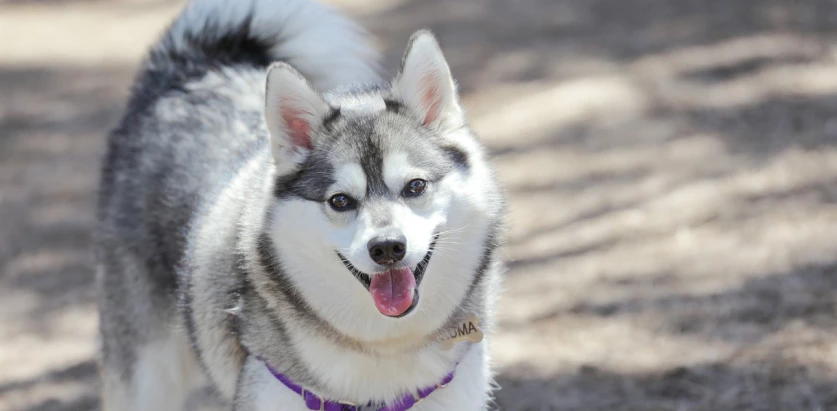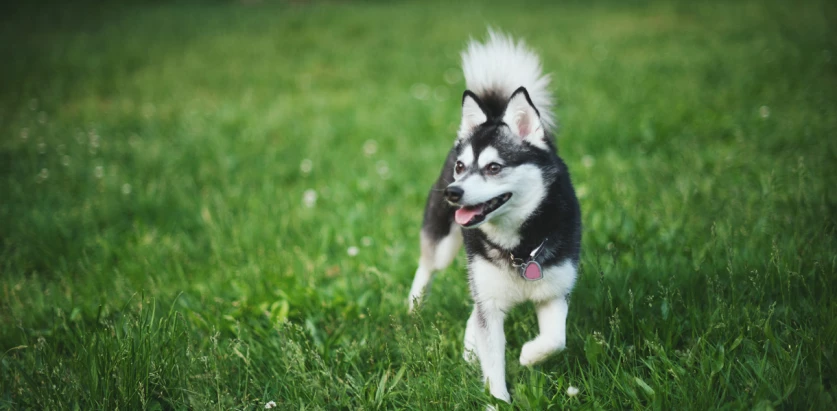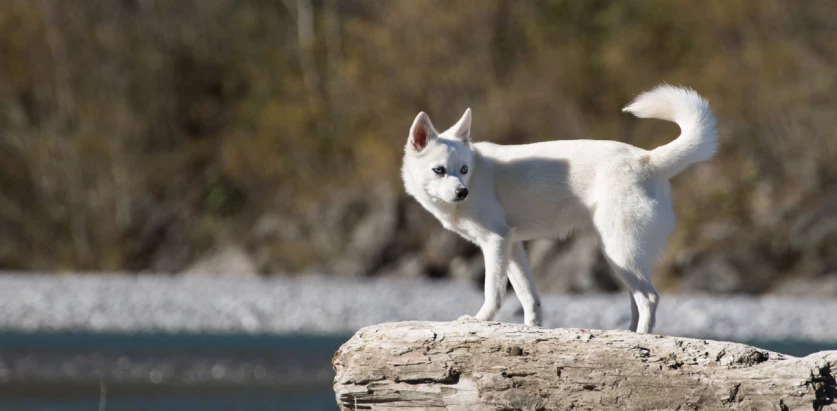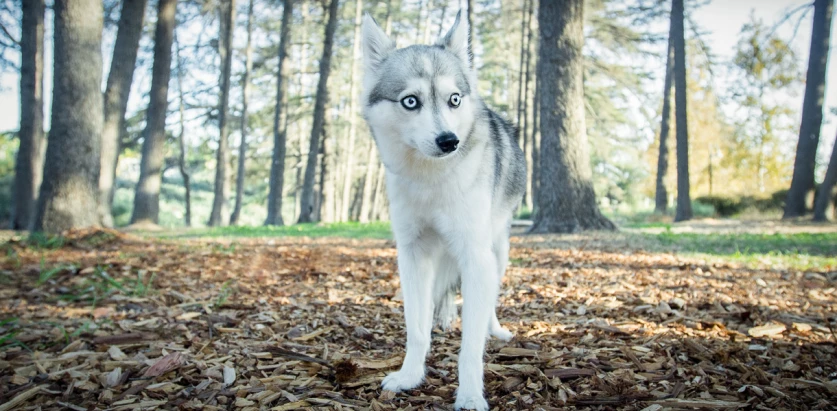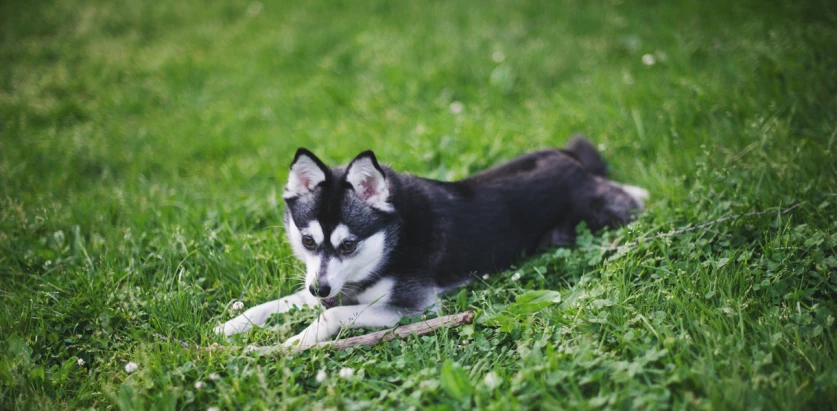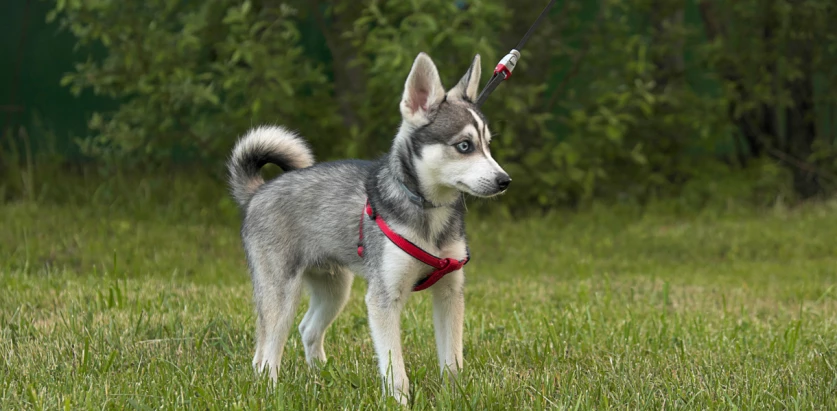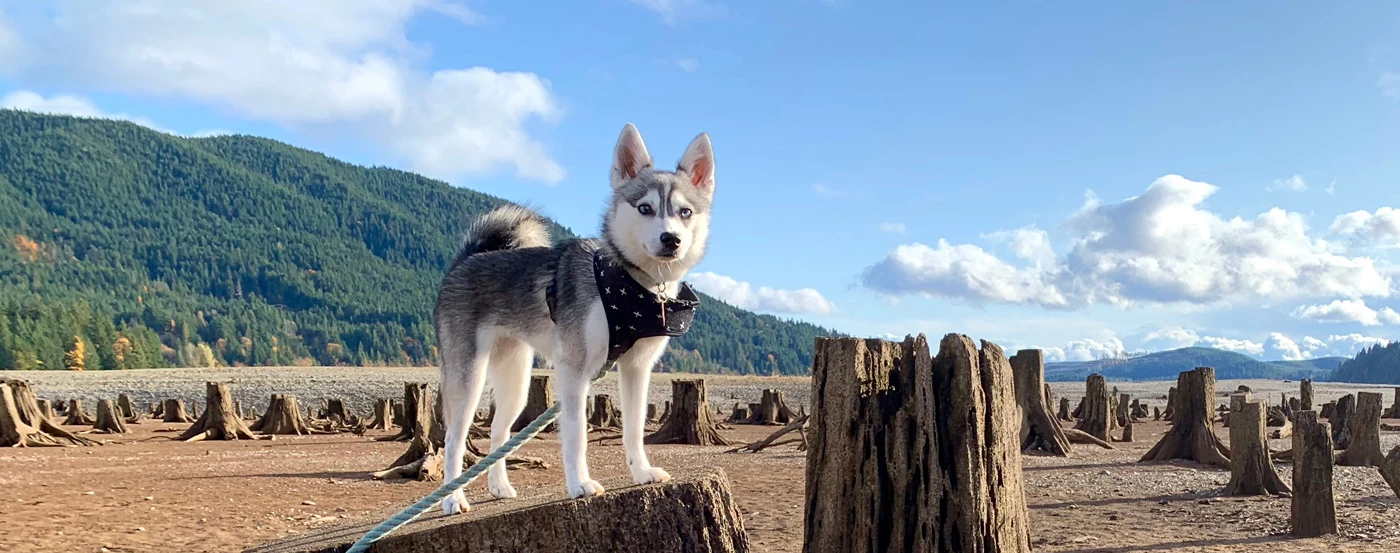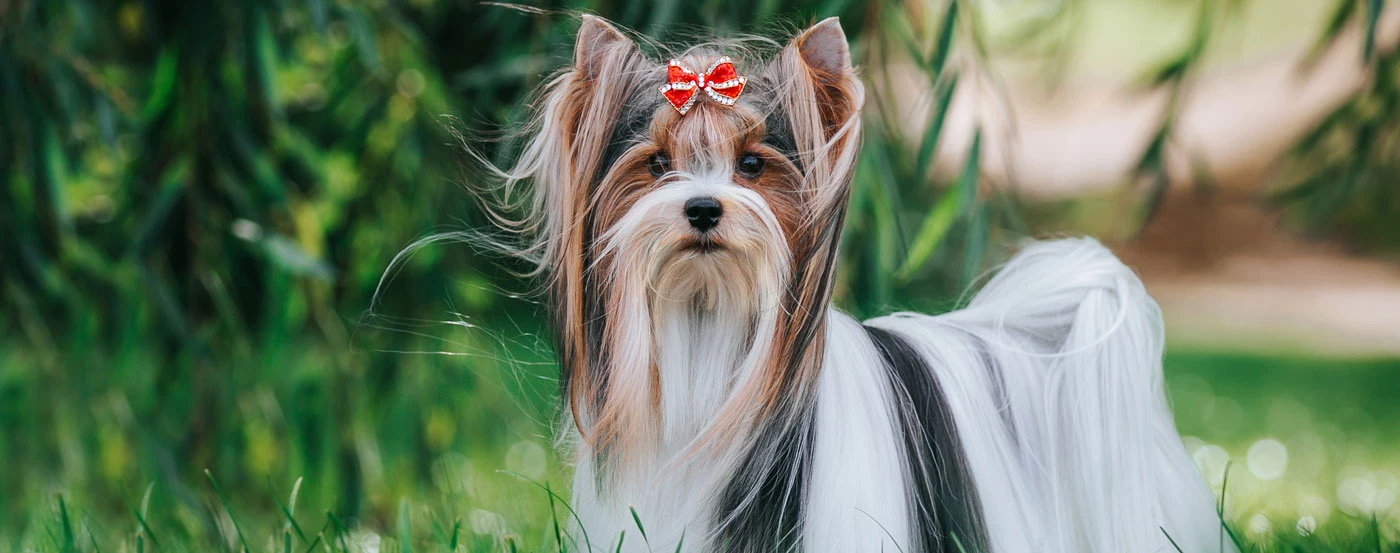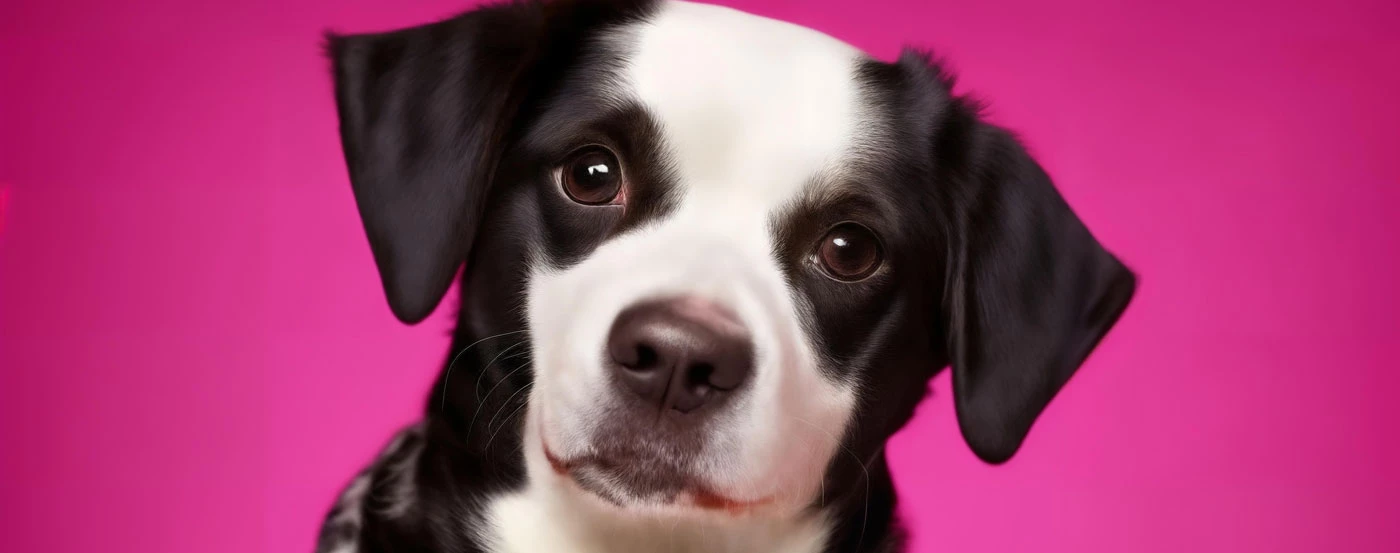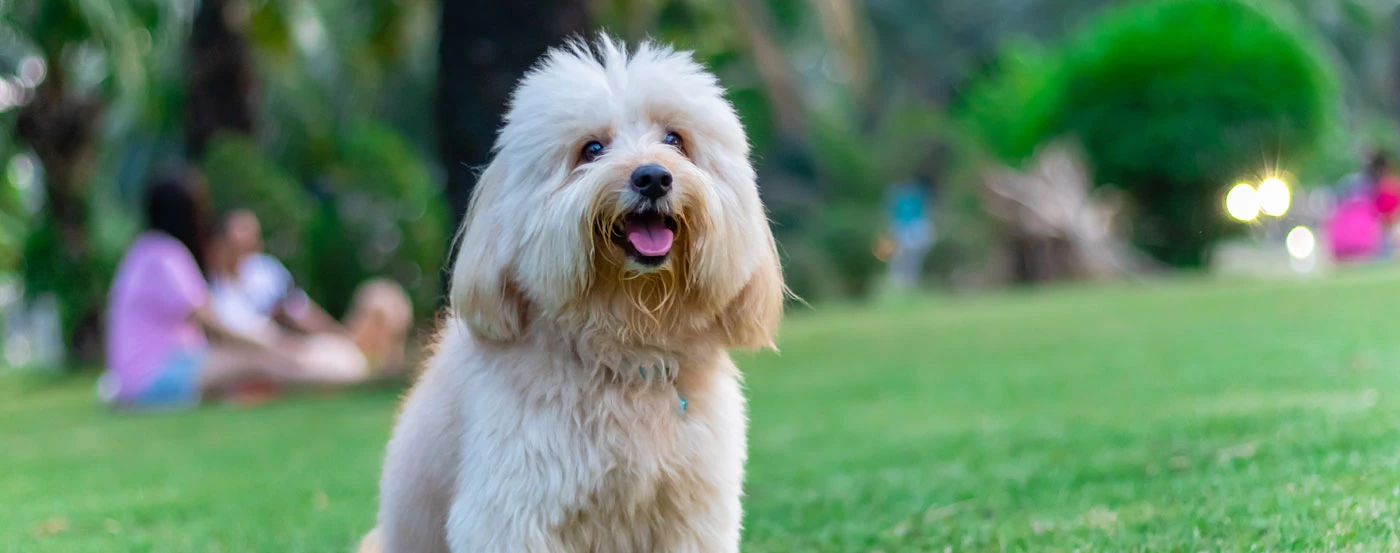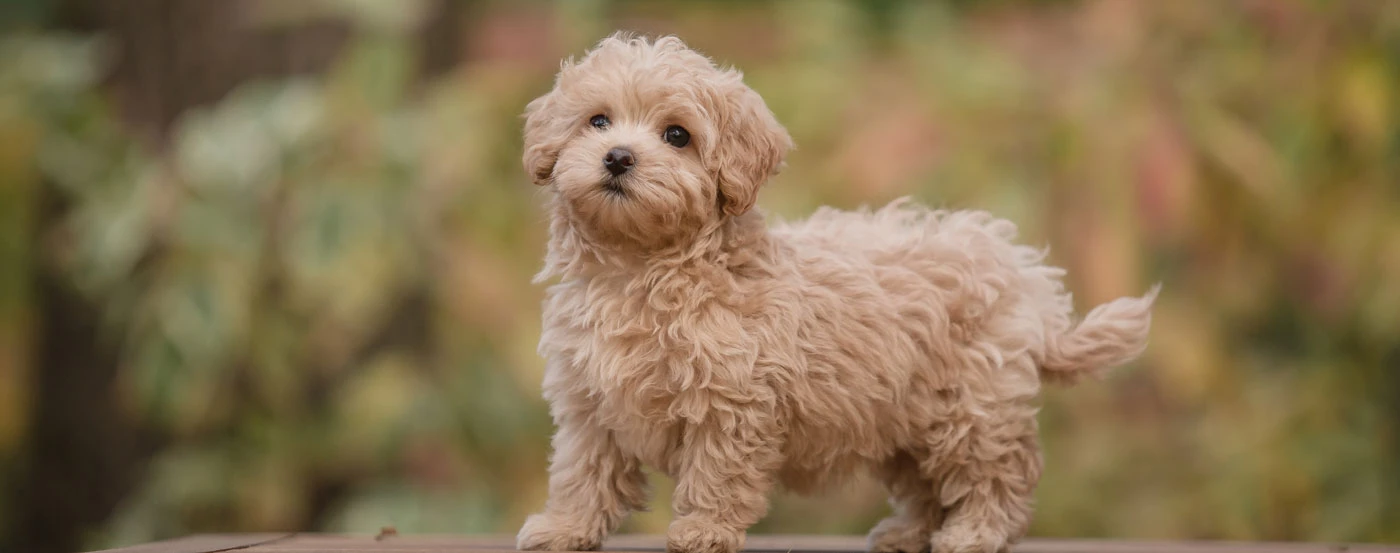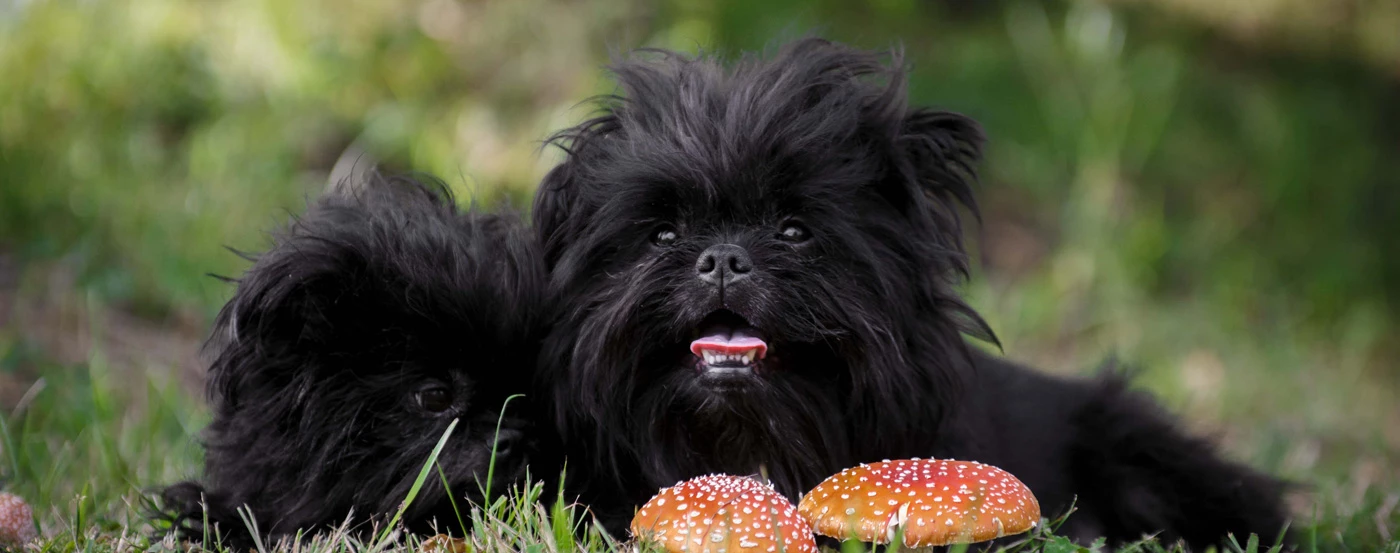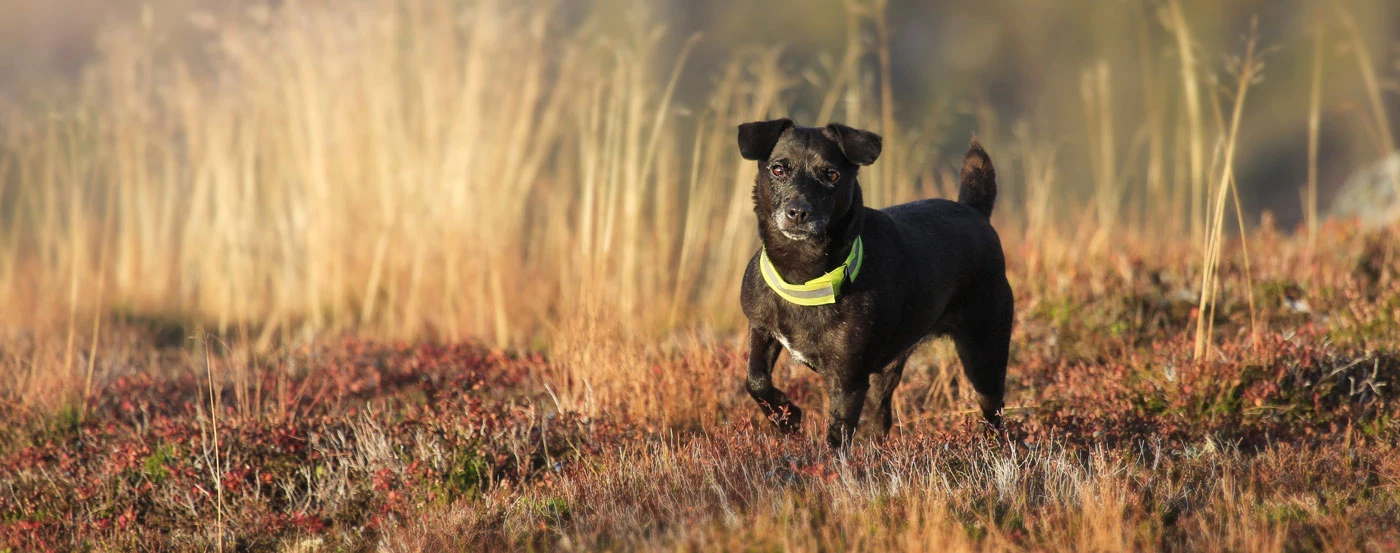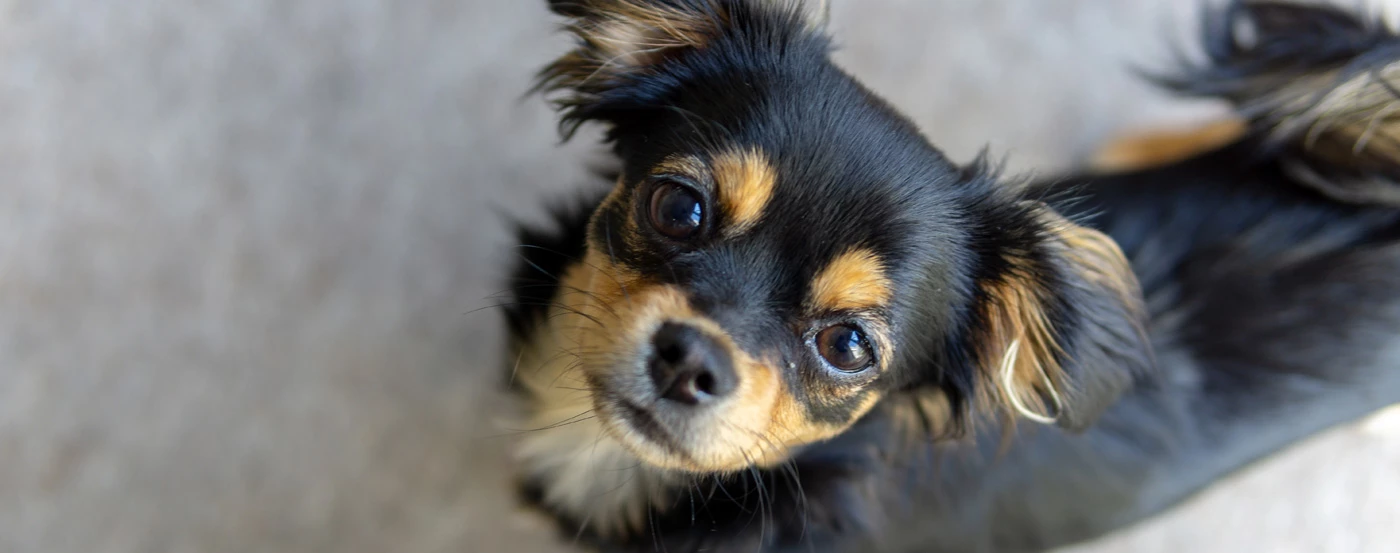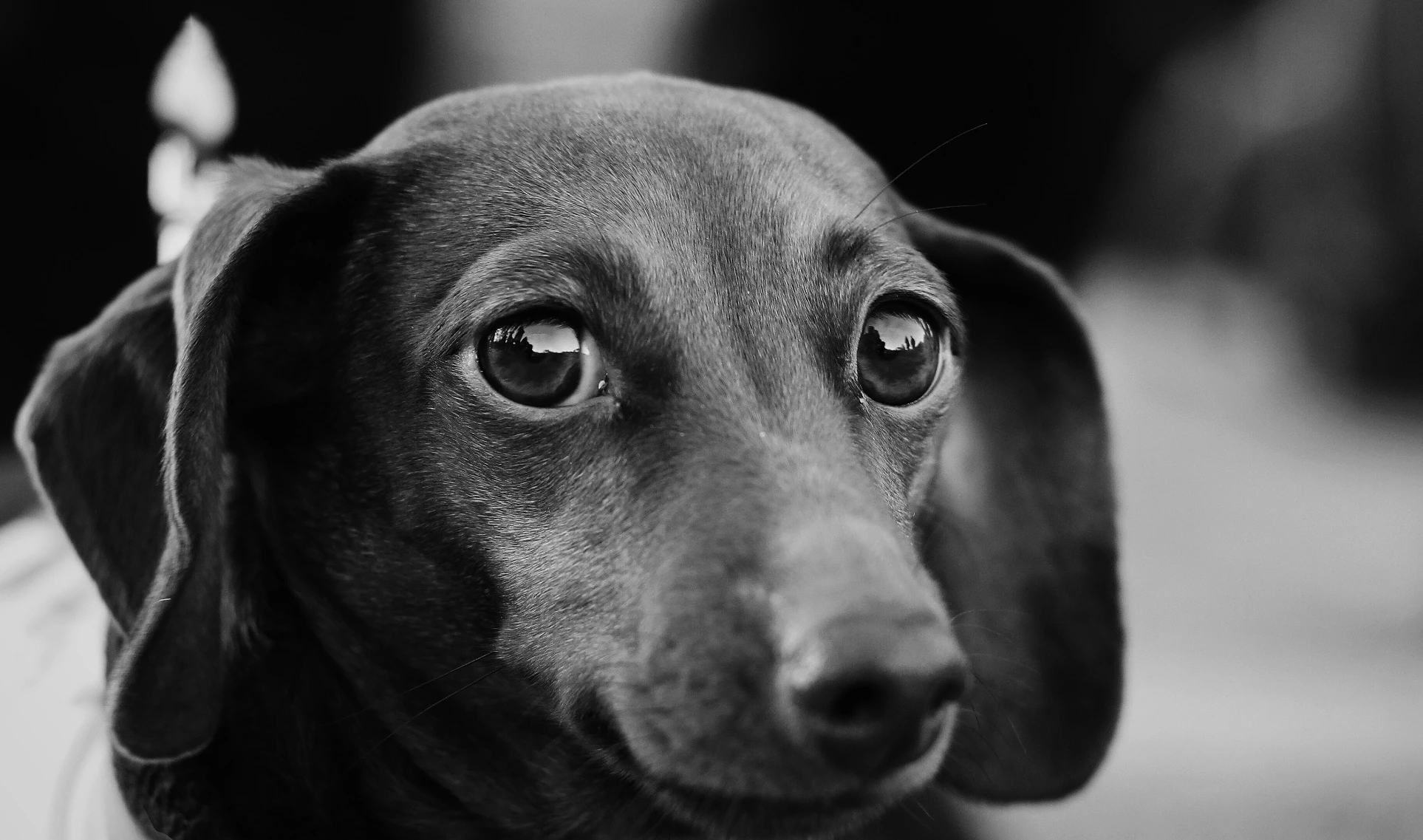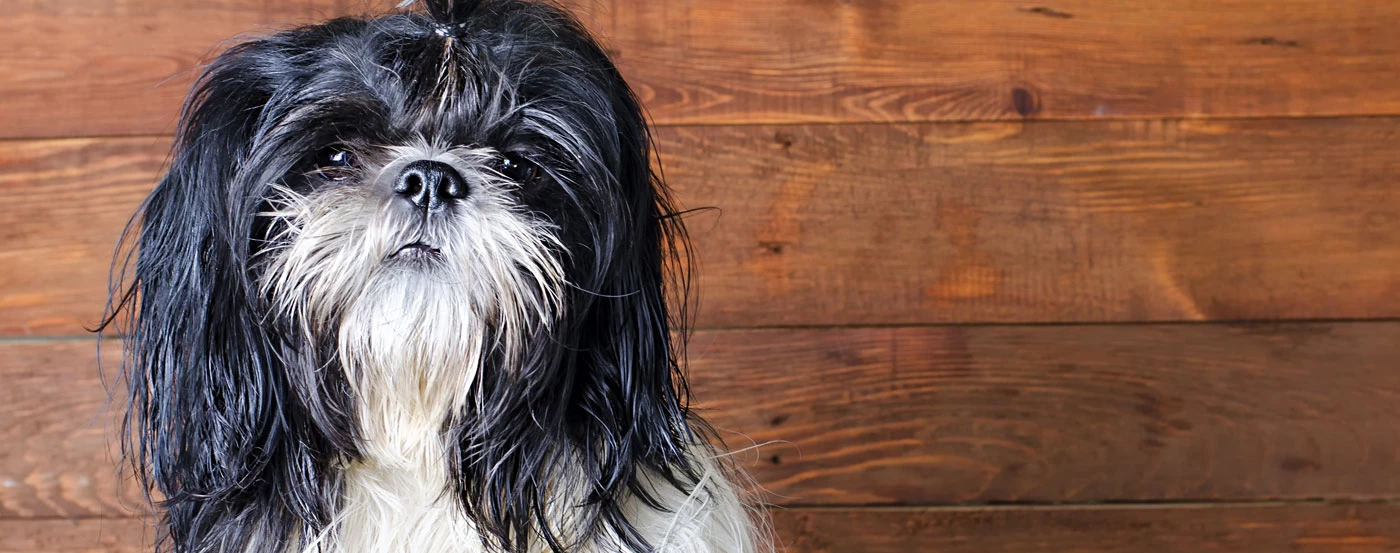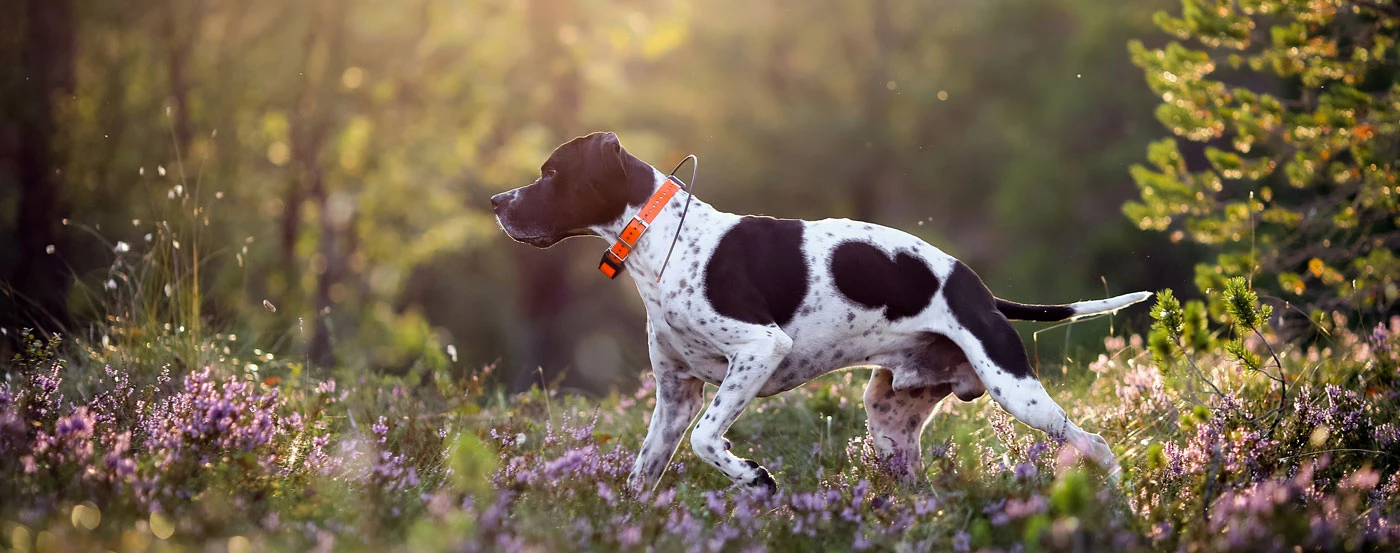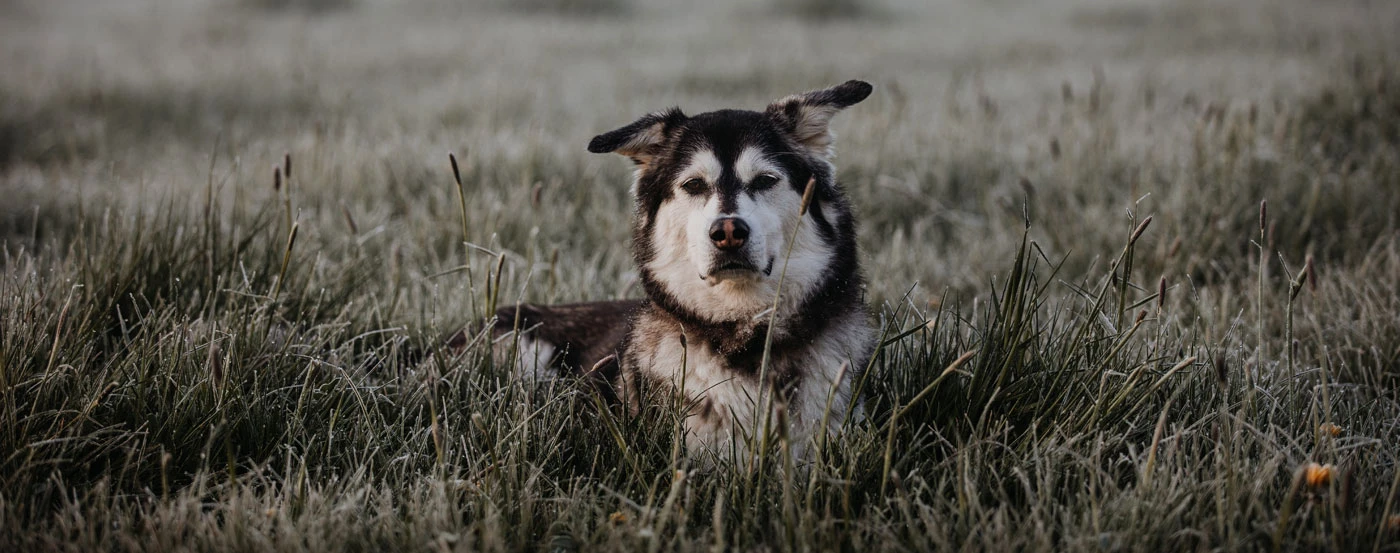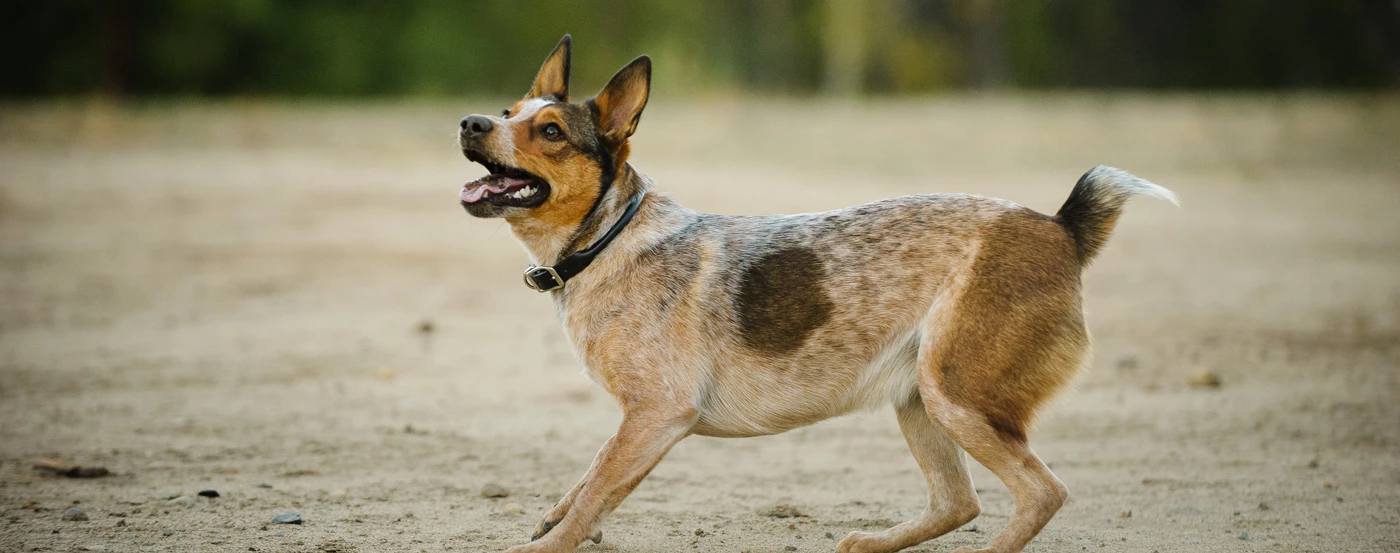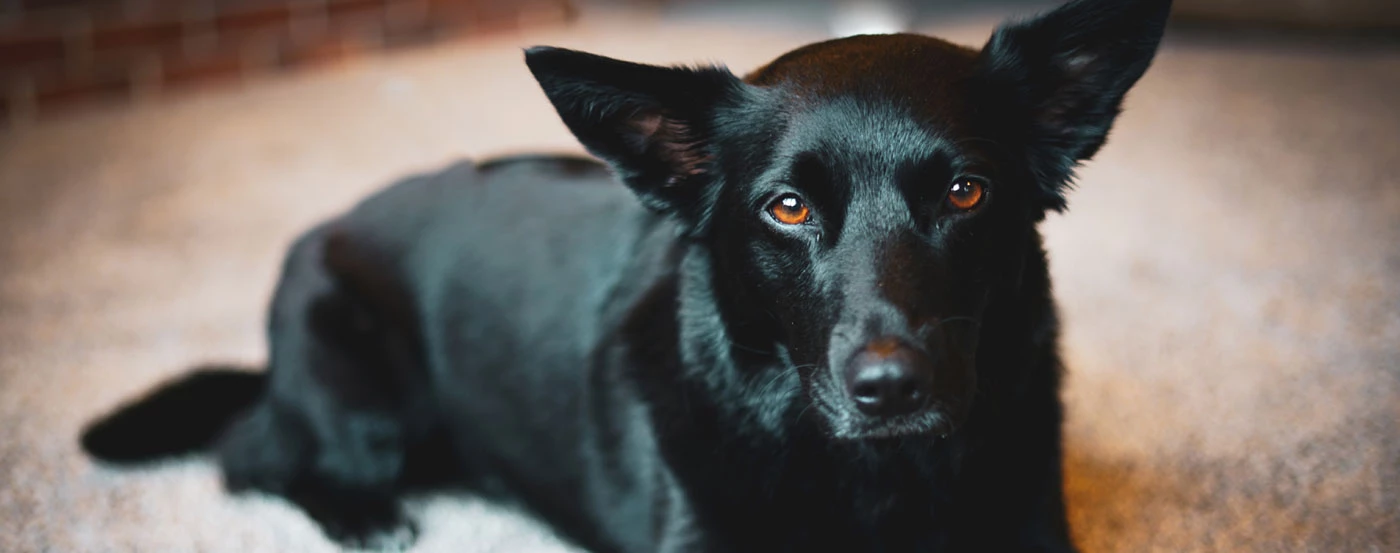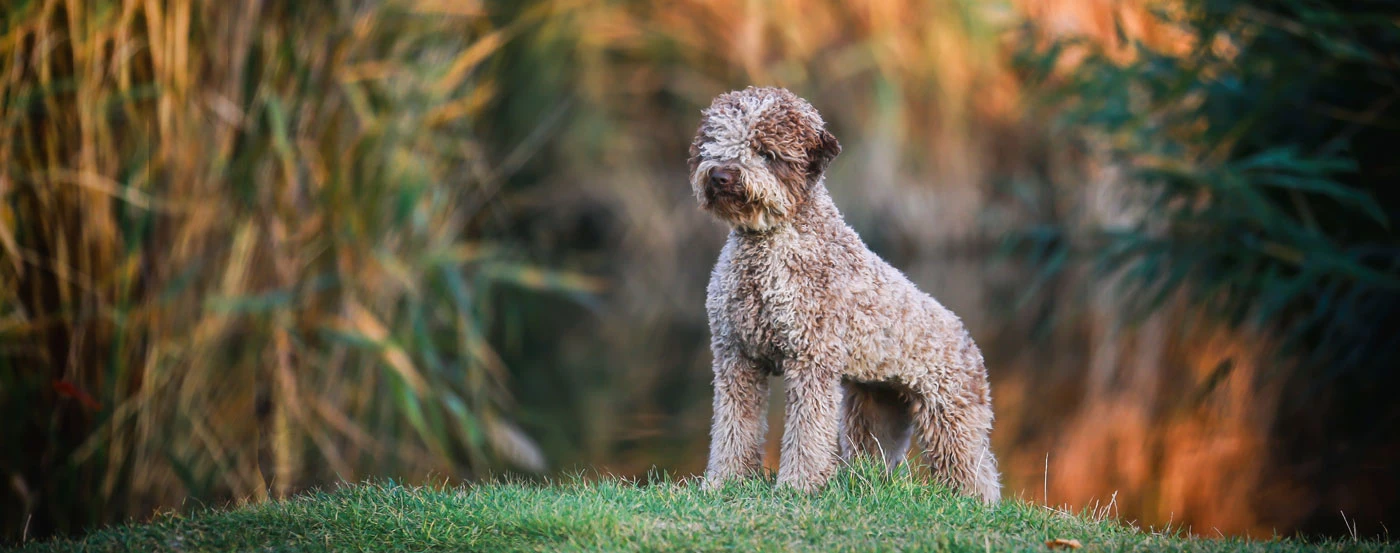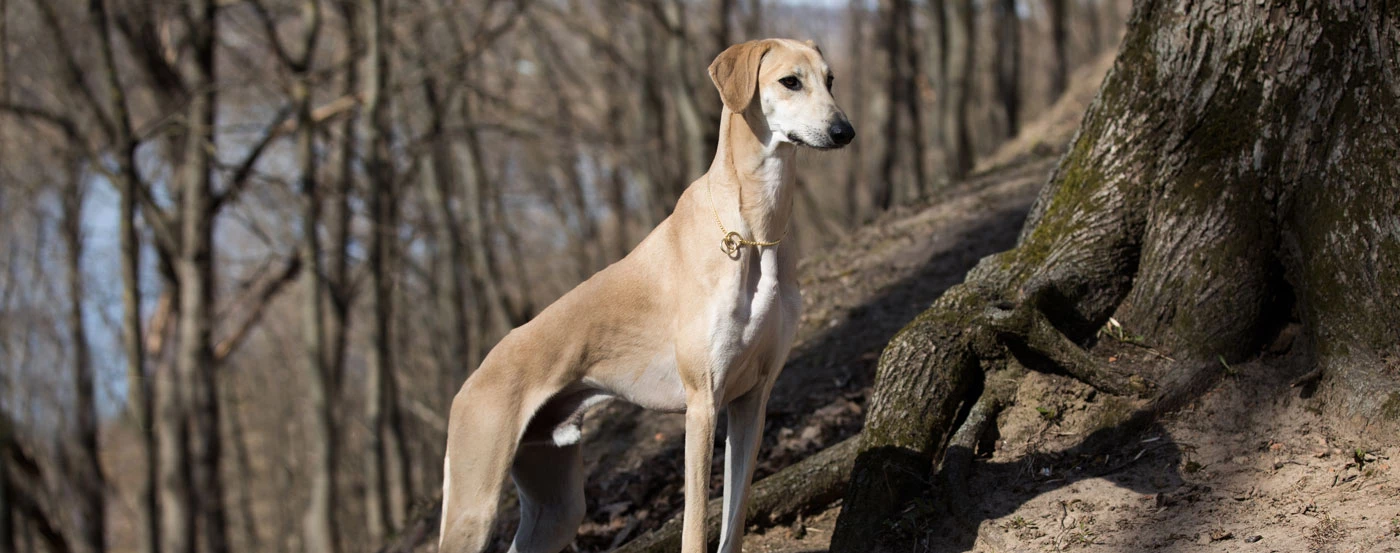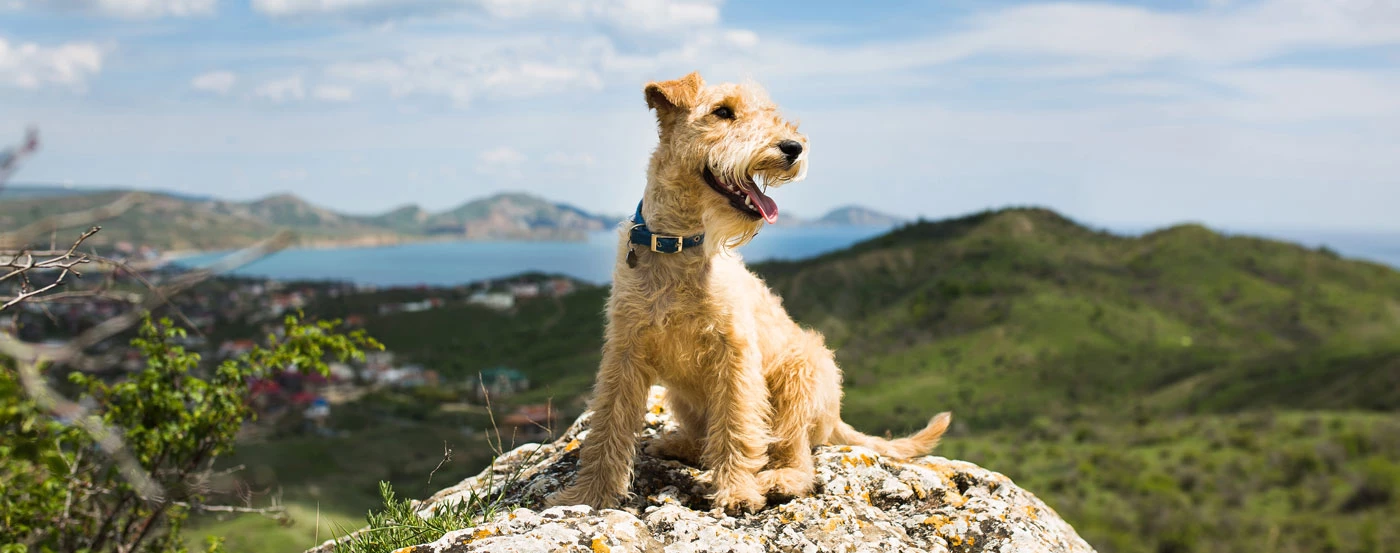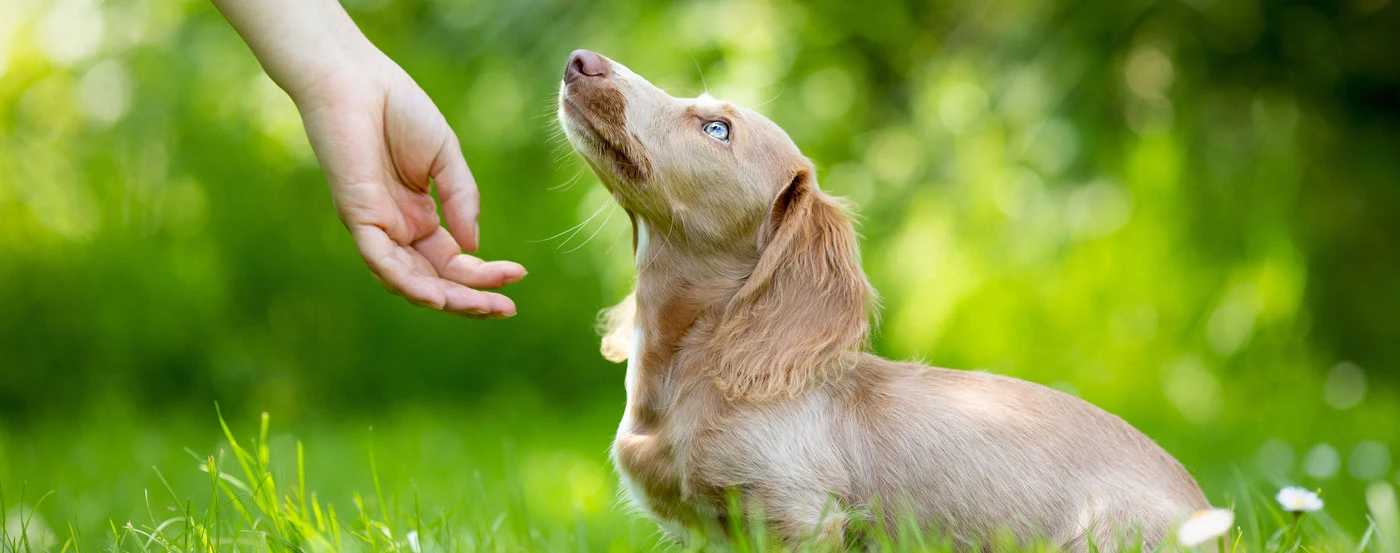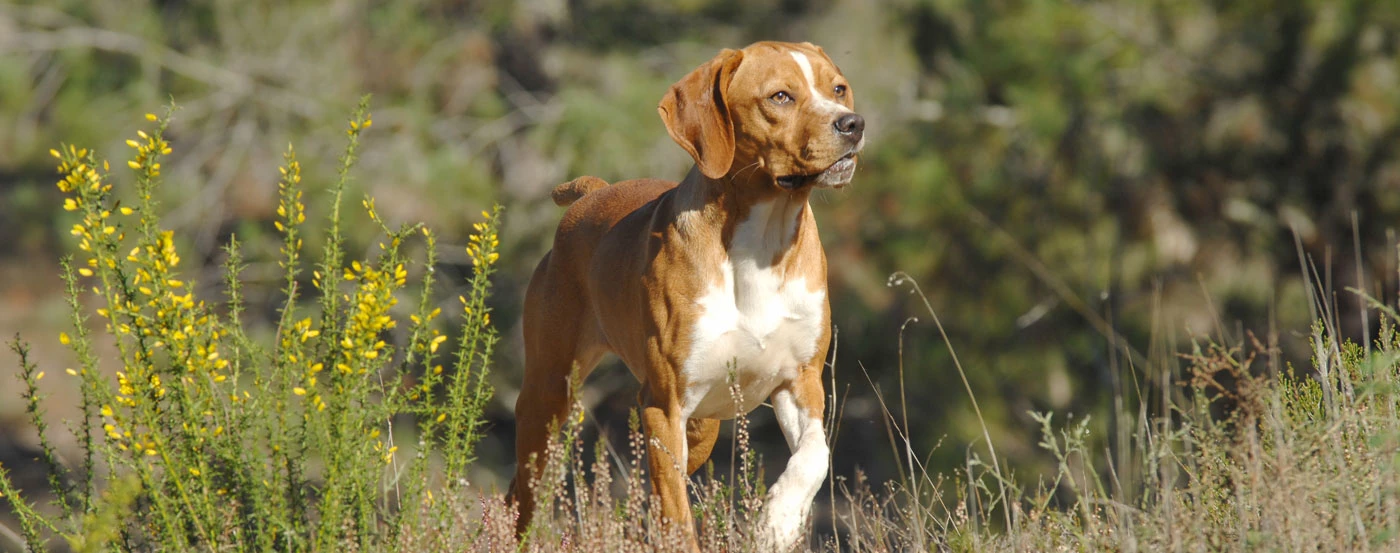About the Alaskan Klee Kai
As a smart and energetic breed, the Alaskan Klee Kai is a familiar favourite with a lot of homes across the world. Whilst they're fairly new in comparison to other breeds, they've gained popularity by looking like a small Siberian Husky. The 'Klee Kai' comes from the term 'small dog' and although similar to that of Huskies, they do have several key differences.
Anyone that is looking for a smaller version of a Husky is going to get some of the similarities that the Husky breed offers but the Alaskan Klee Kai still stands alone as being its unique breed.
If you're considering this dog type, then we've got a heap of knowledge to share with you to make the best decision on adoption or purchase of the breed.
Alaskan Klee Kai Gallery
What is the history & origin of the Alaskan Klee Kai?
The Alaskan Klee Kai is from Alaska - obviously - and was developed by a woman called Linda S. Spurlin. Like many pure breeds that are crossed, there was a desire to make a smaller version of the Husky that could be used for companionship.
Spurlin would breed Siberian and Alaskan Huskies with breeds like the Schipperke to make the puppies smaller in size. Whilst Spurlin has since retired from breeding, it hasn't stopped other reputable breeders from continuing with the Alaskan Klee Kai breed.
With a new breed, it can often take a lot longer for it to be recognized by popular kennel clubs. As such, it's not recommended yet by the American Kennel Club. However, it has been recognized by the American Rare Breed Association in 1995 and the United Kennel Club shortly after in 1997.
Who are Alaskan Klee Kai dogs best for?
They're bred to be companion dogs, so they'll suit many households whether that's a family with older children or couples that regularly get out and about. They're not best suited for homes that have younger children due to their energy and size.
As a breed, they tend to be a little shy around strangers but once introduced, they will soon be eager to interact with them in any way they can. They require a lot of exercise and when it comes to training, the dog owner must be experienced. Novice or first-time owners might not be the best match.
How much grooming does a Alaskan Klee Kai need?
The coats on Alaskan and Siberian huskies tend to be a standard or full coat. With the Klee Kais, they have a double coat, a short and soft undercoat topped with a longer and coarser topcoat. This, like with other huskies, helps protect them from extreme weather conditions.
Whilst other dog breeds can often produce a dog odour, the Alaskan Klee grooms themselves and doesn't need much in the way of bathing. However, they do need a regular brush when it comes to their shedding seasons, otherwise known as a 'blowout', or you'll be finding dog hair everywhere!
Other general grooming such as cleaning their teeth and trimming their nails is important to do also to keep them healthy.
Do Alaskan Klee Kai bark much?
Huskies are commonly known to be conversational, rather than being excessive in their barking habits. They usually use a sharp bark or they will howl which can often sound like they're singing. They'll use these sounds often enough to show affection or to ask something from their owner.
Do Alaskan Klee Kai bite?
As a family dog, any type of nipping or biting is likely to come from poor training or interactions with children that made them more aggressive or defensive as a result.
It's important that injuring or provoking the Alaskan to nip can come from a lack of training or young children or don't know how to interact with dogs safely.
This breed is usually very good with other dogs, so it's important to make sure that you're socializing them early to avoid any bad biting habits.
What is the temperament & personality of a Alaskan Klee Kai?
As intelligent and energetic as they are, they won't really care that much for strangers that they see in passing. However, having a lot of socialisation is a great thing for any dog, regardless of their breed.
They do make excellent watchdogs for those that need an extra eye on their surroundings and they are great for picking up commands quickly. Once they've had their daily exercise, they're likely to snuggle up next to their owner for cuddles and nap time.
Their personality is one that you'll fall in love with and they enjoy being the centre of attention when it comes to their owners.
What is the weight & size of a Alaskan Klee Kai?
This recognised breed comes in a few sizes including toy, miniature and standard. There's not much difference between them but it's worth knowing the average weight and sizes to make sure your pooch doesn't go below or above too much on the scales.
Toy Alaskans tend to be around 33 cm tall. The standards are the tallest at 38 to 43 cm. The weight of them all will vary in size but can be as little as 3 kilos and as heavy as 11 kg.
How much training does a Alaskan Klee Kai need?
When training the Alaskan Klee Kai, it's important to get them actively involved with dog sports to burn their energy supplies, or to at least get them out for regular walks where possible during the day.
You'll also want to make sure that they're limited in using their voice only when it's needed and that you're socialising the puppies from a young age. Obedience training can take time but as they're intelligent dogs, they should pick it all up fairly easily.
What are some of the most common health issues for a Alaskan Klee Kai?
The Alaskan Klee Kais are typically a healthy dog breed but there are a few genetic problems that can occur, as they could with most dogs. Here are a few breed-related ones to look out for when it comes to your dog's health.
Liver Shunts - This is an abnormality caused by a birth defect and causes problems around the liver.
Cataracts - This is a cloudiness that often forms on the lens of the eye and is common for dogs as they age, leading to a loss of vision.
Luxating Patella - Known commonly as a trick knee, it's a condition where the kneecap dislocates or moves from its original position.
What is the lifespan of a Alaskan Klee Kai?
The average lifespan of the Alaskan Klee Kai is around 12-16 years. For huskies, they do tend to live a lot longer than most breeds and with this amount of time, many memories will be made!
How much should you feed a Alaskan Klee Kai?
Feeding a husky is one that needs to be done properly so that they can continue to be active dogs with plenty of energy to burn. A generally healthy breed, these dogs will need a good amount of food as fuel to keep them going throughout the day.
For any concerns, it's best to consult with your vet for advice on what to feed them.
What is the price of a Alaskan Klee Kai in Australia?
The Alaskan Klee Kai is one that's new and as such, due to the limitations in breeders available, they tend to be a lot more expensive due to demand. The puppies can be priced anywhere up to $8,000 depending on your location and the quality of the litter itself.
It's important to carefully consider whether this breed is for, especially with how expensive they can be!
Pros
- Great companion
- Love to talk
- Highly intelligent
Cons
- Shedding
- Has higher instances of separation anxiety
- cannot be trusted off-leash
